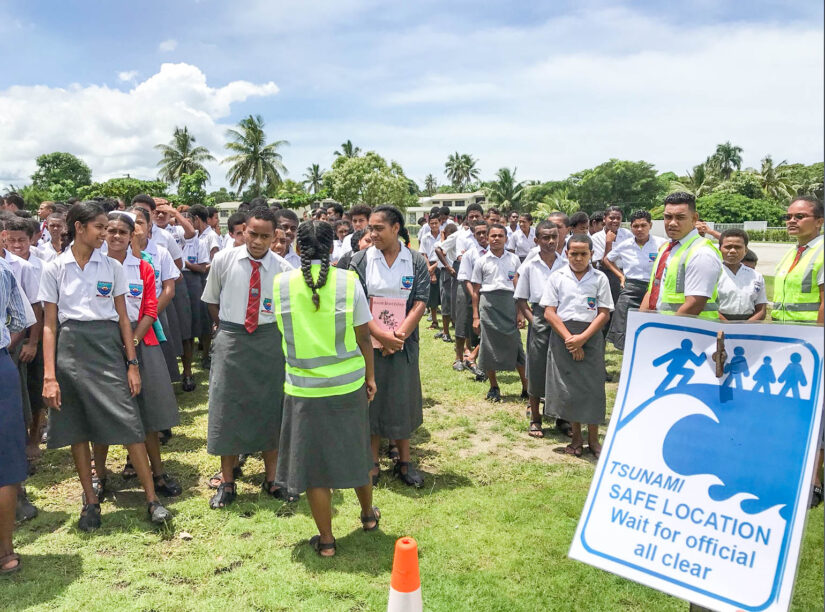In the early evening of December 24, 1854, the people of Hiro, a coastal village in Wakayama Prefecture, Japan, faced a dire situation. An 8.5 magnitude earthquake had struck off the Kii Peninsula, triggering a massive tsunami. Without modern technology to alert them, the villagers were guided to safety by burning rice sheaves, thanks to the quick thinking of their village leader, Hamaguchi Goryo. His actions saved 97% of the villagers and highlighted the importance of effective disaster preparedness.
Japan’s Advanced Warning Systems
Fast forward to today, Japan has become a global leader in earthquake and tsunami detection and preparedness. The country’s waters are equipped with ocean-bottom seismometers and pressure gauges, which provide real-time data on seismic activities. The Japanese Meteorological Agency operates an extensive network of seismographs and seismic intensity meters, enabling early warnings to be disseminated through smartphones, media, and public announcements.
These systems, however, have limitations. High-magnitude earthquakes can still challenge the precision of these sensitive instruments, and gaps remain in the observation infrastructure, especially offshore. Despite these challenges, Japan continues to innovate, exploring new methods such as Distributed Acoustic Sensing (DAS) using submarine communication cables to detect tsunamis.
Lessons for the Philippines
The Philippines, like Japan, is highly prone to earthquakes and tsunamis due to its location along the Pacific Ring of Fire. While Japan’s sophisticated systems provide a model, the Philippines must consider its unique geographic and socio-economic context in applying these lessons. Here are some key takeaways:
1. Robust Detection Systems: Japan’s investment in ocean-bottom seismometers and pressure gauges highlights the importance of real-time data for early warnings. The Philippines can benefit from expanding its seismic and pressure sensors network, particularly in high-risk coastal areas.
2. Early Warning and Communication: Effective early warning systems save lives. The Philippines should continue to develop its communication infrastructure to ensure the timely dissemination of alerts through multiple channels, including smartphones, radio, and community-based warning systems.
3. Community Preparedness and Education: The story of Hamaguchi Goryo underscores the value of community leadership and education. The Philippines can strengthen community-based disaster risk reduction programs, teaching residents how to respond swiftly to warnings and evacuate efficiently.
4. Infrastructure and Evacuation Planning: Japan’s use of seawalls, evacuation routes, and community drills are crucial to disaster preparedness. The Philippines should invest in building resilient infrastructure, clearly marked evacuation routes, and regular community drills to enhance readiness.
5. Leveraging Technology: Emerging technologies like DAS can complement traditional seismic tools. The Philippines can explore partnerships to utilize existing submarine cables for additional tsunami detection, enhancing the accuracy and coverage of warning systems.
6. Collaborative Research and Innovation: Continuous research and innovation are vital. Collaborative efforts with international organizations and experts can help the Philippines adopt and adapt the latest technologies and methodologies in disaster risk management.
Building a Resilient Future
Japan’s journey from using rice sheaves to modern seismographs and submarine cables shows the evolution of disaster preparedness. For the Philippines, the path to resilience lies in adopting advanced technologies, investing in robust infrastructure, and fostering a culture of preparedness and education.
By learning from Japan’s experiences and tailoring these lessons to its context, the Philippines can enhance its earthquake and tsunami preparedness, ultimately saving lives and building a more resilient nation.


